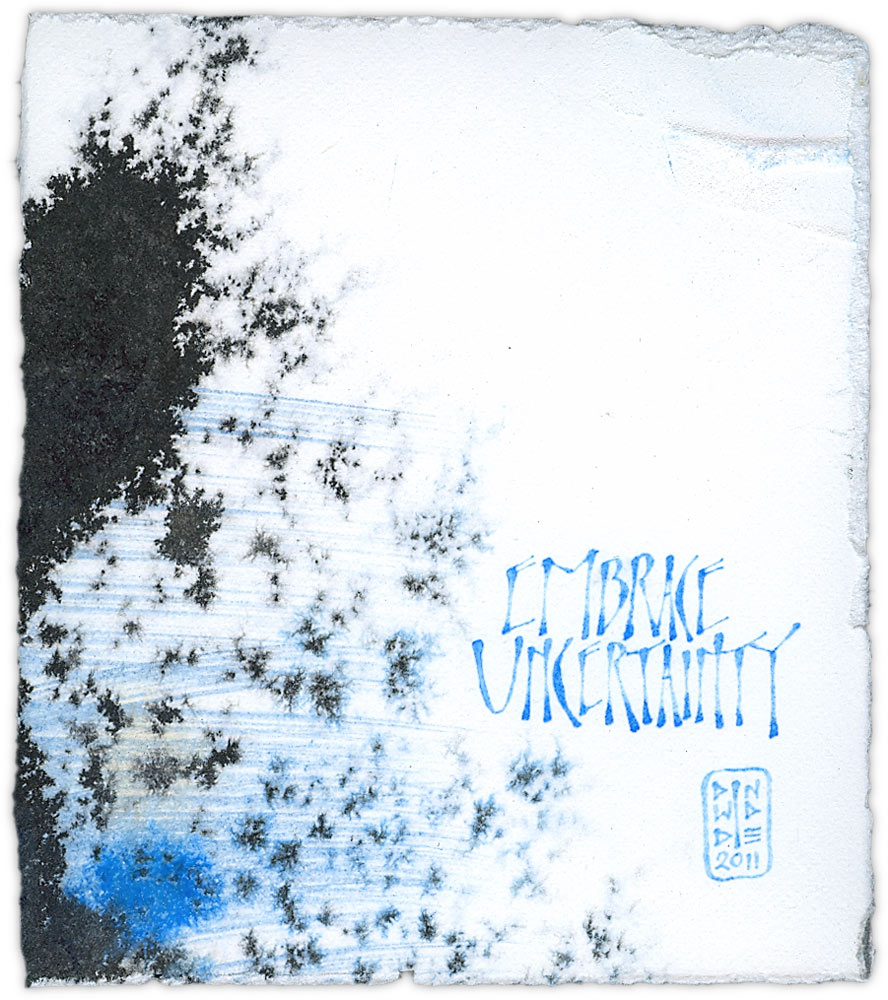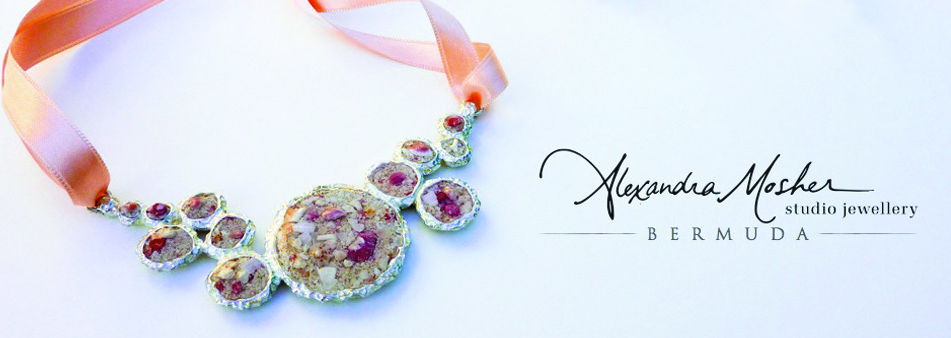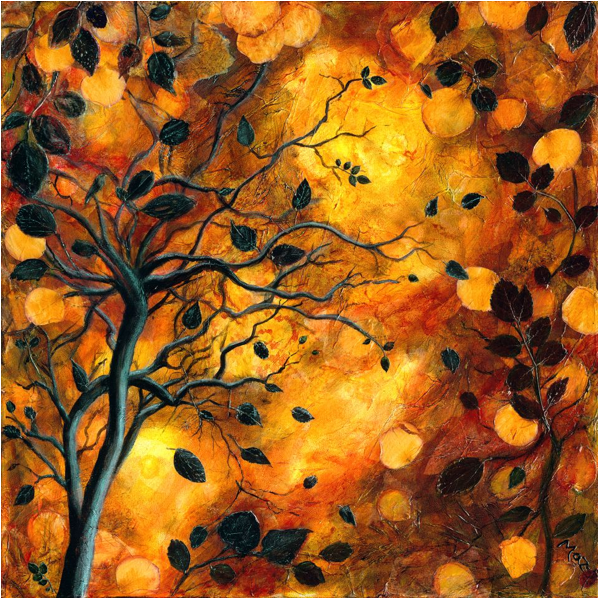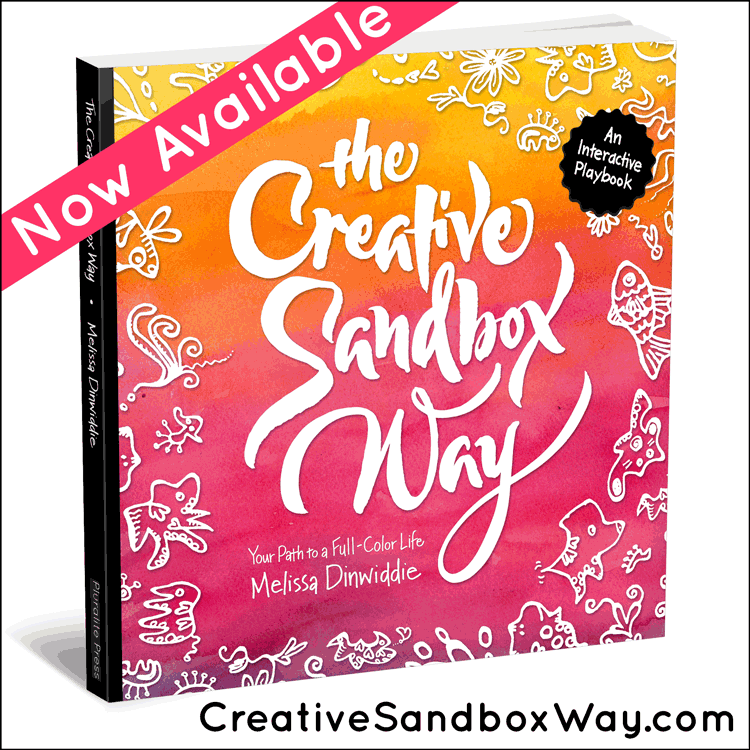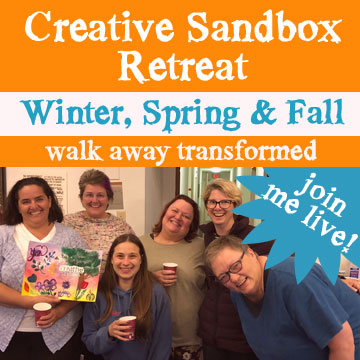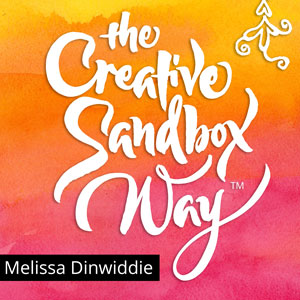Almost 17 years ago, at the beginning 1995, I picked up a calligraphy pen and fell in love with the art of making letters.
I was blissfully ignorant at the time that it generally takes 7-10 years to achieve a level of basic mastery of the craft. “How hard could this be?” I thought, “I have good handwriting, after all.”
Thank goodness for that ignorance, otherwise I might never have gotten started. As it was, I was looking for a focus, a thing to build a “hobby business” around, and calligraphy fit the bill.
I dove in, and a year and a half later, in the summer of ’96, I went to my first calligraphy conference, Soundings, which knocked me off my feet.
Never known for my placidity, I remember literally jumping up and down with the excitement of being surrounded by 500 other letter lovers. I was finally able to see and touch tools and books I’d only ever read about in catalogs (I believe my bill at the conference store was over $600). There were exhibits everywhere I looked, and inspiring keynotes every night.
I basically ate, breathed and slept calligraphy.
(Actually, I didn’t get a whole lot of sleep that week. The downside of my excitement was a killer bout of insomnia.)
I got to take amazing workshops from incredible teachers all week. Never one to pass up an opportunity, I also signed up for three one-on-one critique sessions with “big names” in the field.
Their responses to my little year-and-a-half old portfolio had me walking 6″ off the ground!
“A prodigy,” wrote one. “You’ve been doing calligraphy how long?” asked another, with disbelieving eyes.
My calligraphy friends and teachers back home had said similar words, but somehow hearing it from the out-of-town experts made it more real.
Maybe I really was good at this thing!
I left the conference chomping at the bit to charge forward into my bright future.
Except.
Except that after I got home, after I recovered from a paralyzing bout of post-conference letdown, I found myself making less work, not more.
What happened?
When I’d first started, I lived for playing at my art table. I couldn’t not create. I was baffled whenever I heard friends talk about the tricks they had to play on themselves to do their art. I was confused by all the books on the subject of getting past resistance.
I didn’t get it.
Why, I wondered, would anyone not do what they most love to do?
Now I understood.
Suddenly I was there, and it was excruciating. And I didn’t know how to get myself out of the hole.
I knew it had something to do with the new pressure I felt from having such great expectations laid on me by people I respected and wished to emulate. But I still didn’t know what to do about it.
I proceeded on my path of building a business around my skills with pen and brush and paper, but the unfettered fun and passion of that first year and a half had mostly drained away.
I used the fact that I had a business to grow (which, after my divorce, quickly graduated from “hobby business” to “this has got to pay the bills business”) as an excuse to avoid creating for my soul. And then I bitched and moaned that I never had time to do the art I really wanted.
The art form I had loved so much and felt so passionate about became mostly “just a job.”
Cut to today: Uncertainty
If only Jonathan Fields’ new book, Uncertainty: Turning Fear and Doubt into Fuel for Brilliance, had been around back then.
My copy (actually copies; I pre-ordered 3 of them) arrived on Thursday night, and I’ve been eating it up.
I’ve been anxiously waiting for Uncertainty to come out since I heard Jonathan speak at the World Domination Summit in Portland in June. The notes I took at the conference have come in very handy on many a coaching call.
Fields spoke about how humans are wired to avoid uncertainty AND to avoid the judgement of appearing wrong.
Precisely what every creative faces when approaching a project!
Think about it: if the outcome is certain, it means it’s been done before, right? “And creation,” says Fields, “isn’t about repetition.” Anything worth doing will not come with complete information about its outcome.
He spoke about specific, proven tools and techniques that help you “lean into uncertainty” so you can accomplish the big dreams and goals ahead of you, and bring your unique genius to light.
I was captivated.
But the talk was just a 20-minute taste. I wanted to read the rest of Fields’s research and conclusions. I wanted to arm myself as best as possible against the resistance that gets between me and the brilliance I so want to create.
And of course I wanted more tools in my toolbox to help the people I work with in my Creative Ignition Circles and one-on-one coaching.
My reaction?
I’m 159 pages into the 213 page book (yes, I forced myself to put it down to get this post out!) and I am not disappointed.
I’ll be sharing more in depth notes and reactions to Uncertainty over the next few weeks, but the upshot is, if you have creative dreams and desires, get this book!
I’ve added Uncertainty to my library of must-read texts for creatives who want to understand not only what makes them tick (or not), but how to tick along much more effectively.
I’m excited to benefit from Jonathan Fields’ research and to implement what he learned in order to increase my ability to bring my own unique gifts to the world.
Stay tuned…
Have you read the book yet? I’m curious what your response is.

PS – If you liked this post, please tweet, share, like and/or send it to a friend you think might like it too.
